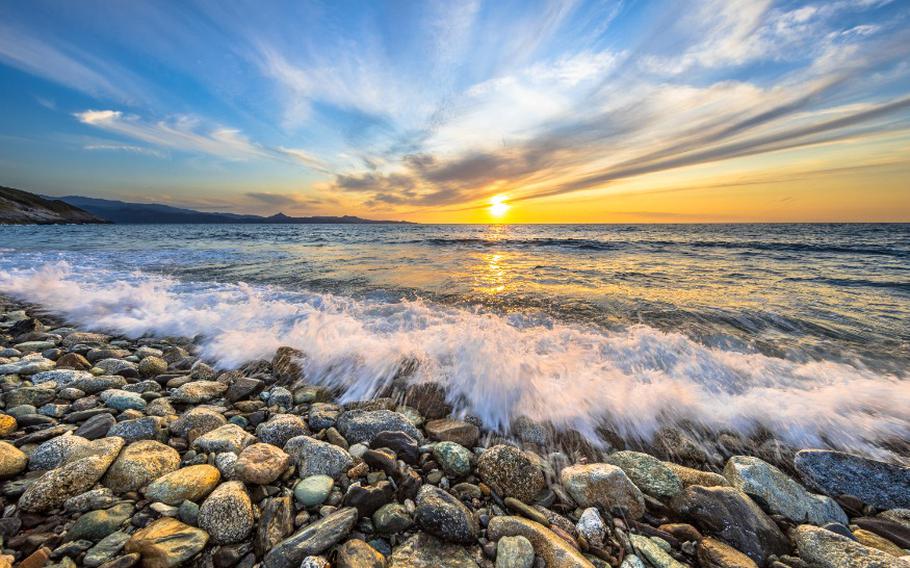-
The name “Mediterranean” is Latin for “center of the earth.”
-
If considering a cruise and unconcerned with getting a beach tan, focus on trips during the off-season of spring and fall. The crowds will be more manageable, and you won’t be waiting as long to see popular sites.
-
The sea is surrounded by 22 countries, resulting in a constant fusion of different cultures over many centuries, the most appetizing of which is the food!
-
The climate is made possible partially by the existence of a West Coast of Europe and Africa, which sustains this agricultural hub with moisture from the Pacific during the colder rainy season. It makes sense that much of California has a similar climate.
-
The sea once nearly dried up, but about 5 million years ago, an estimated two-year flood refilled this basin and established access to the world’s oceans via the Strait of Gibraltar.
-
Though the water is a pristine blue in many locations, you may not know about its depths that there are actually two basins, the Occidental and Oriental basins, linked by the Strait of Sicily.
-
The Posidonia oceanica meadows are considered the lung of the Mediterranean Sea, sustaining ocean life, food chains and preventing beach erosion by slowing down the tides.
-
The clearest water can be found around the Ionian Sea, between Italy and Greece, and the saltiest water is in the Eastern half due to more evaporation.
-
If you have ancient sites on your mind, think about all of the new insights archeologists have when they discover the sunken cities around the Mediterranean, such as Egypt’s Thonis-Heracleion or Dolchiste in Turkey.
-
One of the most active volcanic sites is in and around Italy, due to the African tectonic plate slipping under the European one. The sites of these once explosive forces are fascinating for scuba trips along the coast and for visiting previously ash-sealed town ruins.
